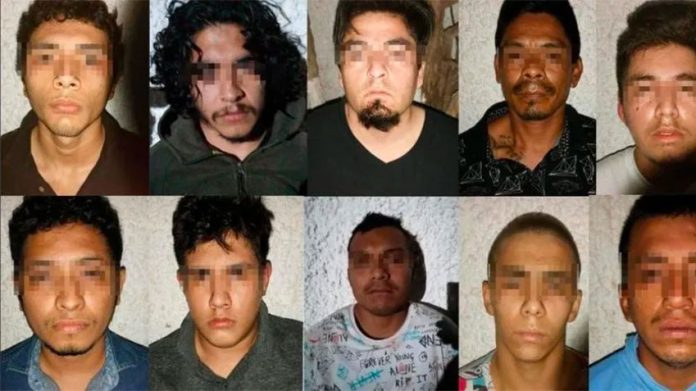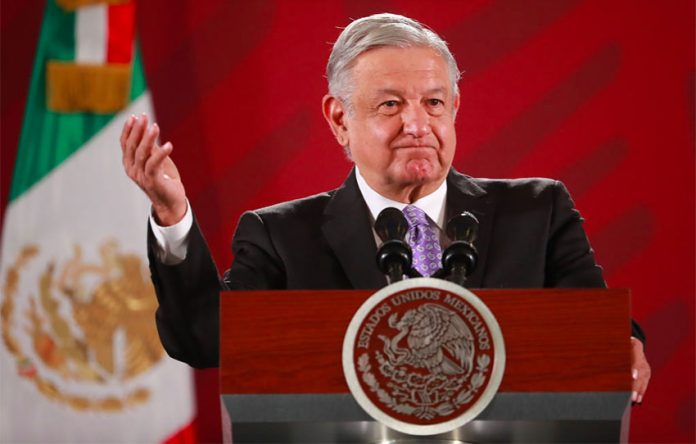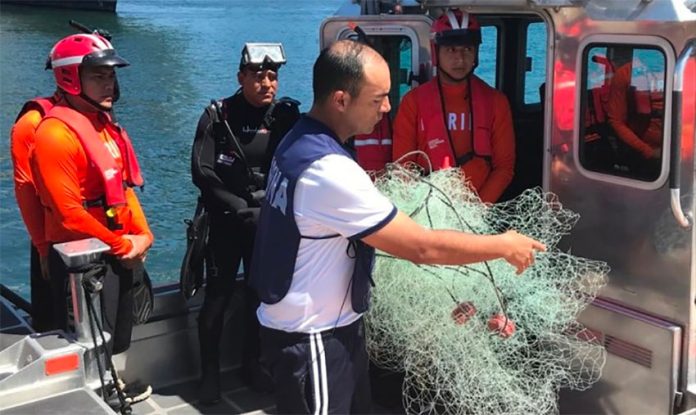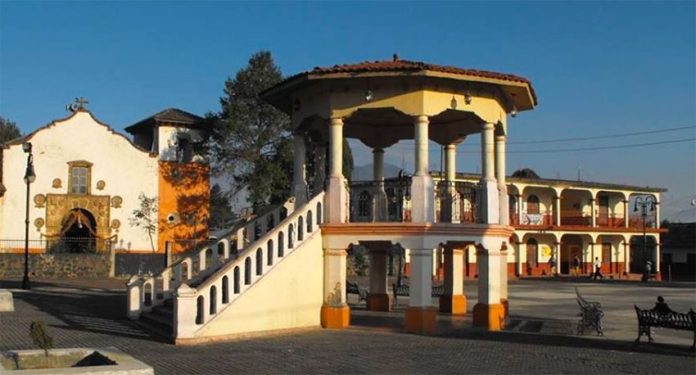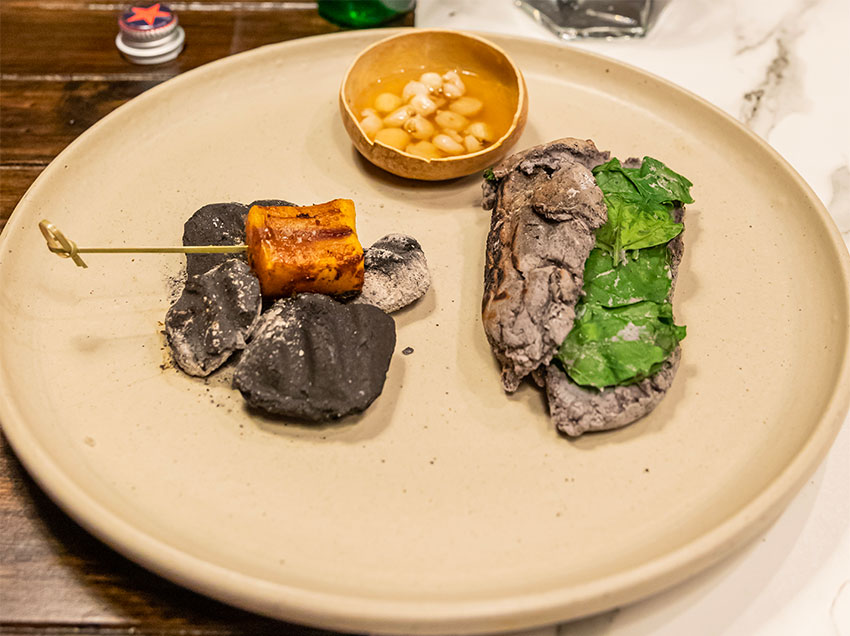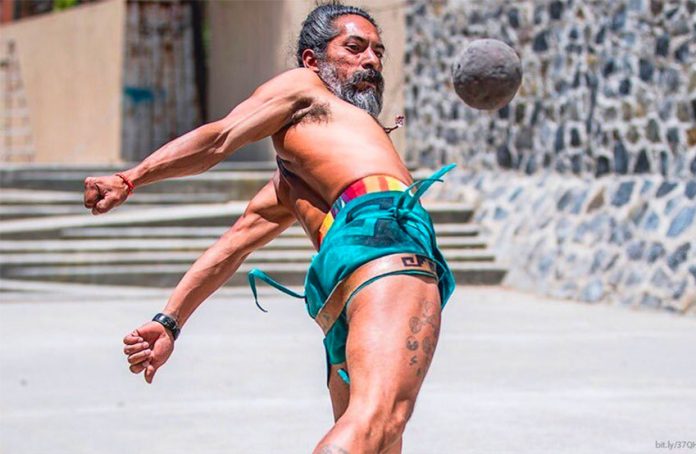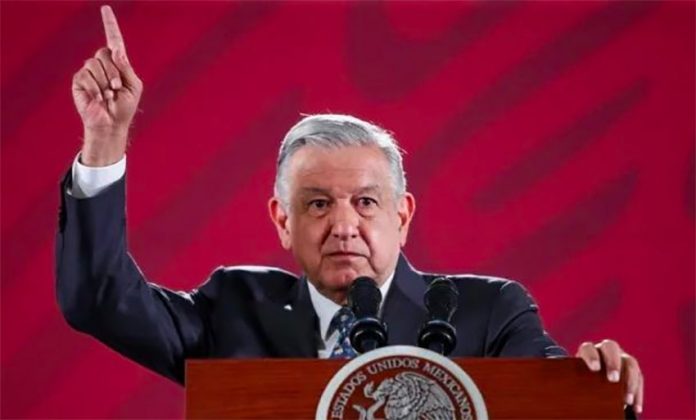President López Obrador’s approval rating has fallen nine points in the space of three months and 19 over the past year but he still retains the support of almost six in 10 Mexicans, a new national survey shows.
Conducted by media company Grupo Reforma with 1,200 adults between February 25 and 29, the poll found that 59% of respondents approve of López Obrador’s performance as president. A similar number – 55% – said that they had a lot or some confidence that the president is taking decisions that benefit the country.
Reforma polls published in March and December 2019 showed that AMLO, as the president is commonly known, had an approval rating of 78% and 68%, respectively. The government’s failure to reduce violence and improve the economy appear to be the main reasons for López Obrador’s lower rating.
Two-thirds of respondents said that the president has not made any ground toward reducing violence – 2019 was Mexico’s most violent year on record – while 62% said that he hasn’t produced any results that show that his government has succeeded in weakening organized crime.
Almost three-quarters of those polled said that they believed that violence against women has increased during the past 12 months and six in 10 said that impunity is to blame. Only 25% agreed with AMLO’s claim that neoliberal economic policies implemented by past governments were the reason behind the high number of femicides.
Just over half of those polled said that the economy – which contracted 0.1% last year – has not improved under López Obrador’s leadership.
Seven in 10 respondents identified insecurity as the main problem in Mexico today, the highest level Reforma has recorded since it began conducting polls in 1994. The figure has grown 15% compared to March 2019, when 55% of those polled said that insecurity was the No. 1 concern in the country.
The government has, however, had success in reducing the perception of corruption: just over one in six respondents identified corruption as Mexico’s main problem a year ago whereas the latest poll showed that just one in 17 people thought that it was the country’s biggest concern.
Still, only 37% of respondents said that AMLO is doing a good job tackling corruption compared to 42% who told Reforma that he is doing a bad job.
Those polled rated the president more highly for his efforts on education, reducing poverty and taking care of the environment, with 46%, 39% and 38% of respondents, respectively, saying that he is doing a good job compared to 30%, 37% and 34% who said that he isn’t.
Just 35% of respondents said that López Obrador is managing the economy well, while 34% said the same about the public health system. Medicine shortages and problems with the introduction of the government’s new universal healthcare scheme have both damaged AMLO’s popularity.
Only a quarter of respondents said that the president is doing a good job on the issue of insecurity, and just under a quarter had a positive view about his response to organized crime. The government came under heavy criticism after it took the decision to release one of the sons of convicted drug trafficker Joaquín “El Chapo” Guzmán after the Sinaloa Cartel reacted violently to his capture in Culiacán last October.
Although AMLO was rated harshly in terms of his response to a range of issues, the president scored well when poll respondents were asked about his personal attributes. Two-thirds of those polled said that he is likable compared to just 23% who said he is not, while 60% said that he is fair, more than double the 26% who said he is not.
AMLO is an honest president, according to 58% of respondents, while only 24% said he is corrupt. Almost six in 10 said that he is capable of governing, 54% said that he governs for everyone and 53% believe that he speaks the truth. Just under half of respondents said that they believe that the president unites the country compared to 38% who said that he divides it.
The poll also shows that a majority of respondents believe that by the time López Obrador leaves office in 2024, the quality of public education will be better, access to healthcare services will have improved, quality of life will be better, there will be less poverty and corruption and the justice system will have improved.
In addition, the survey shows that the ruling Morena party remains the most popular political force in the country, making it well-placed ahead of midterm elections next year. Asked who they would vote for if there was a lower house election today, 46% said Morena.
The next most popular parties were the Institutional Revolutionary Party (PRI), which was last in power during the 2006-12 presidency of Enrique Peña Nieto, and the National Action Party (PAN), which governed from 2000 to 2012 under the leadership of ex-presidents Vicente Fox and Felipe Calderón. However, the PRI and the PAN garnered just 16% support each from the poll respondents.
Speaking on Monday about his lower approval rating – another poll published Sunday showed that the president’s rating had declined to 62% from 67% in late November – López Obrador said that his popularity had taken a hit because his government has faced up to “corrupt conservatives.”
However, he brushed off any suggestion that the people were abandoning him en masse. “About my popularity, we’re fine. We have the majority, the people are supporting us,” López Obrador said.
The president charged that conservatives, a term he often uses to disparage his political opponents and members of the governments that ruled Mexico in recent years, are “extremely annoyed” that his administration has cracked down on corruption and closed tax loopholes.
He also said that if the people come to the view that they don’t want him as president anymore, he will retire to his ranch in Palenque, Chiapas.
“I’m not going to be like some presidents who have 10%, 15%, 20% approval in their countries and they’re still [in power]. How can one govern without the support of the citizens?”
López Obrador said that his aim in running for president was not just to occupy the position but to transform the country, adding “that’s why we’re not going to stop carrying out the changes [it needs].”
The president has said repeatedly that he intends to hold a “revocation of mandate” vote halfway through his six-year term, which will give the people the opportunity to decide whether he continues as president or not.
Source: Reforma (sp)
